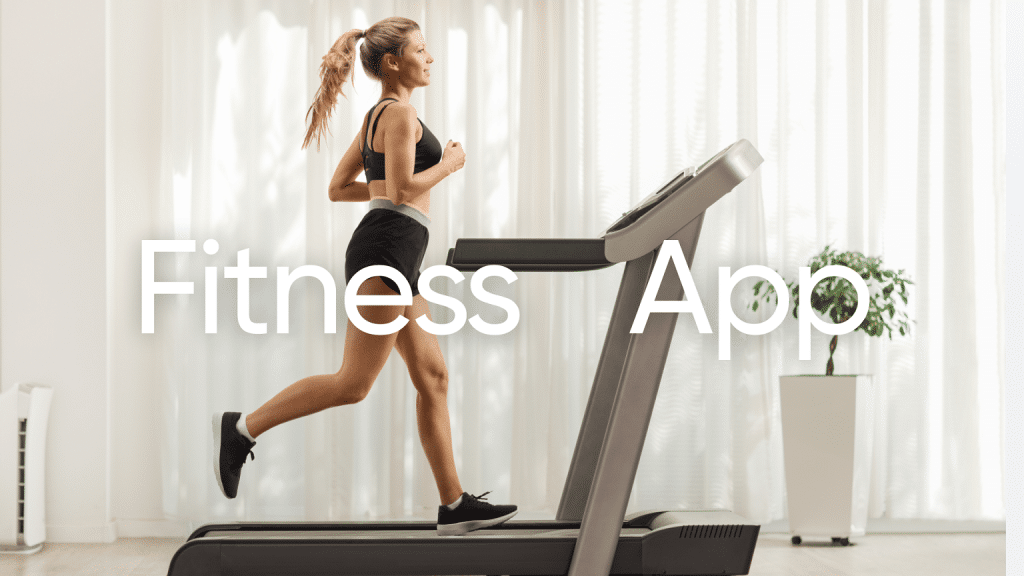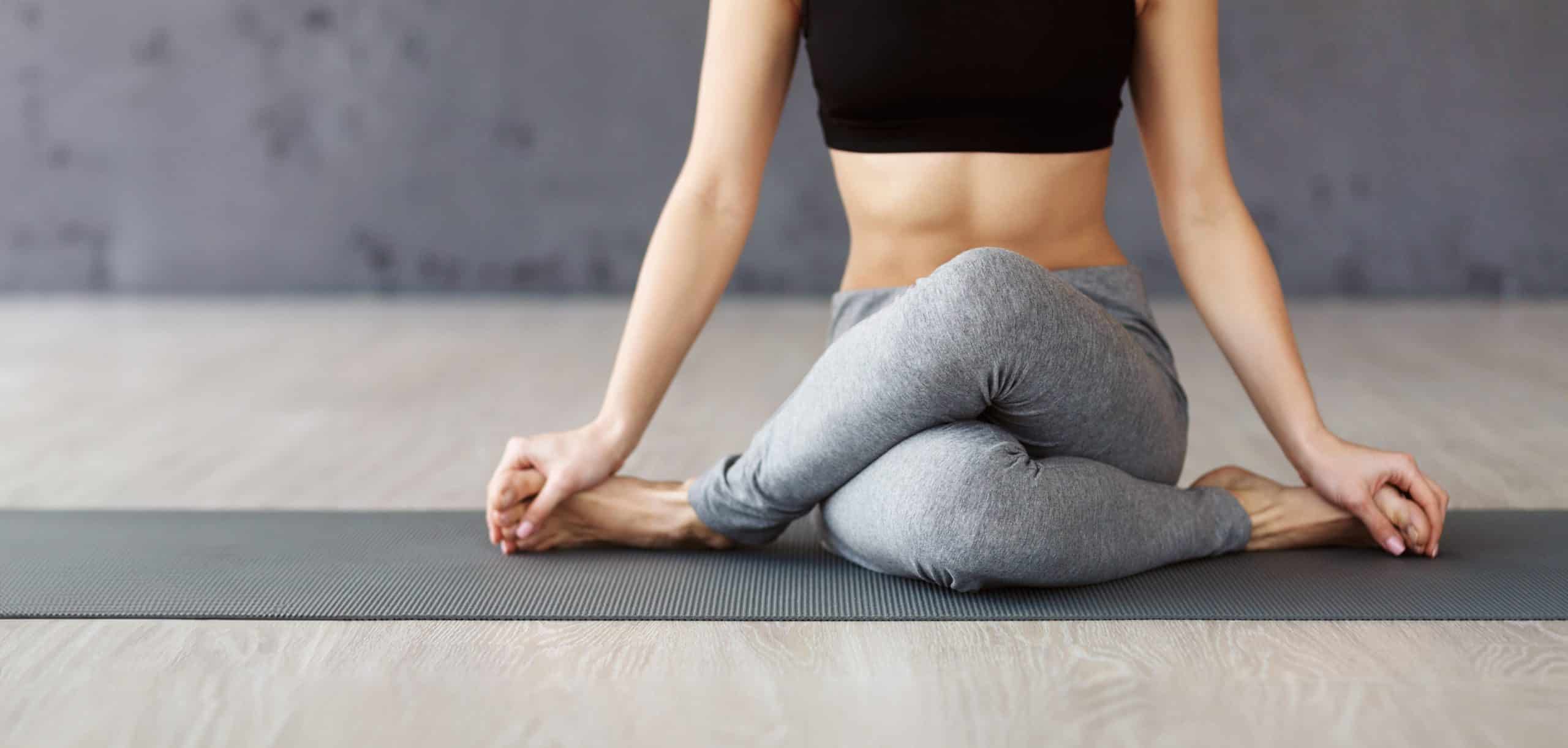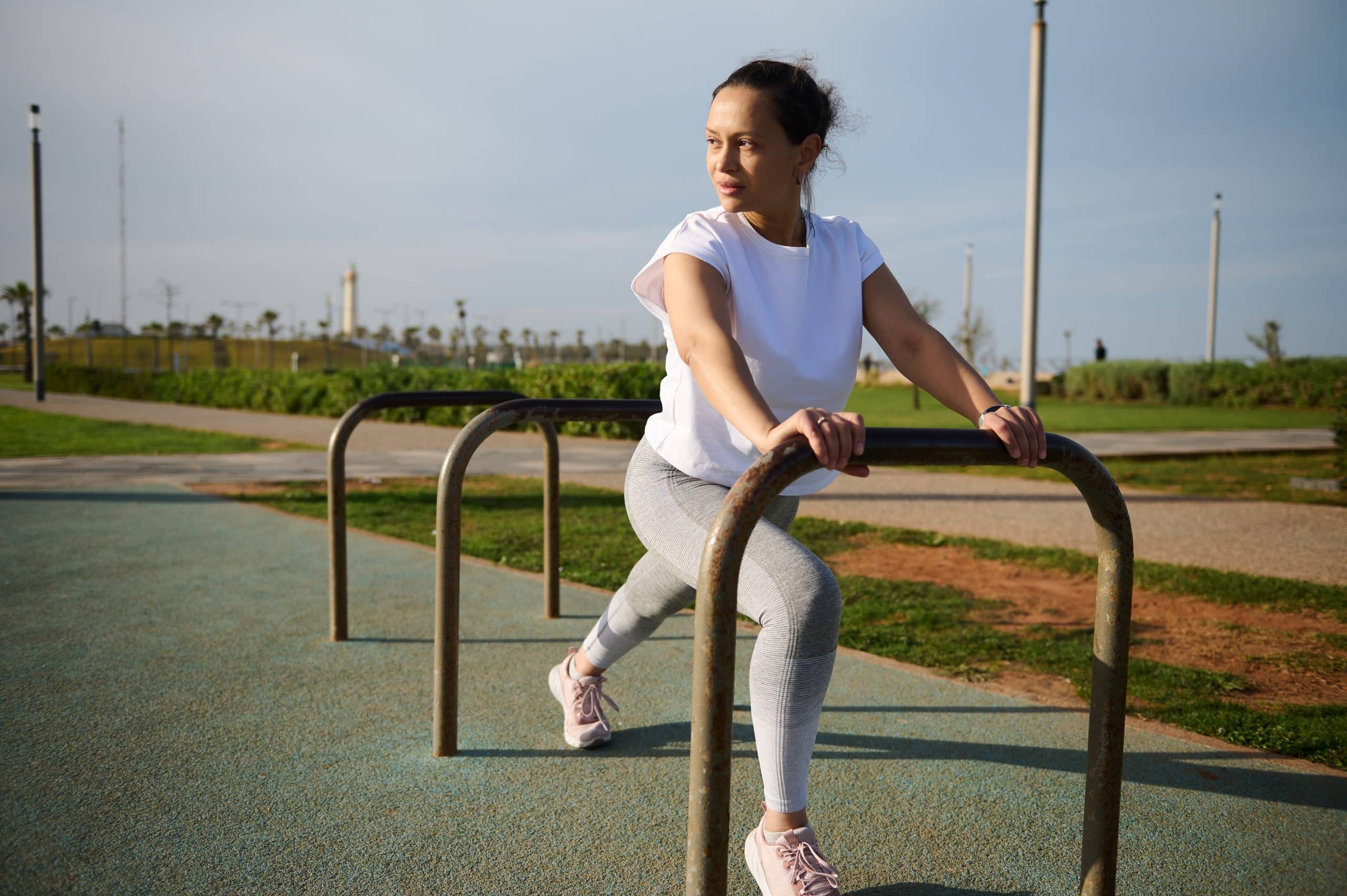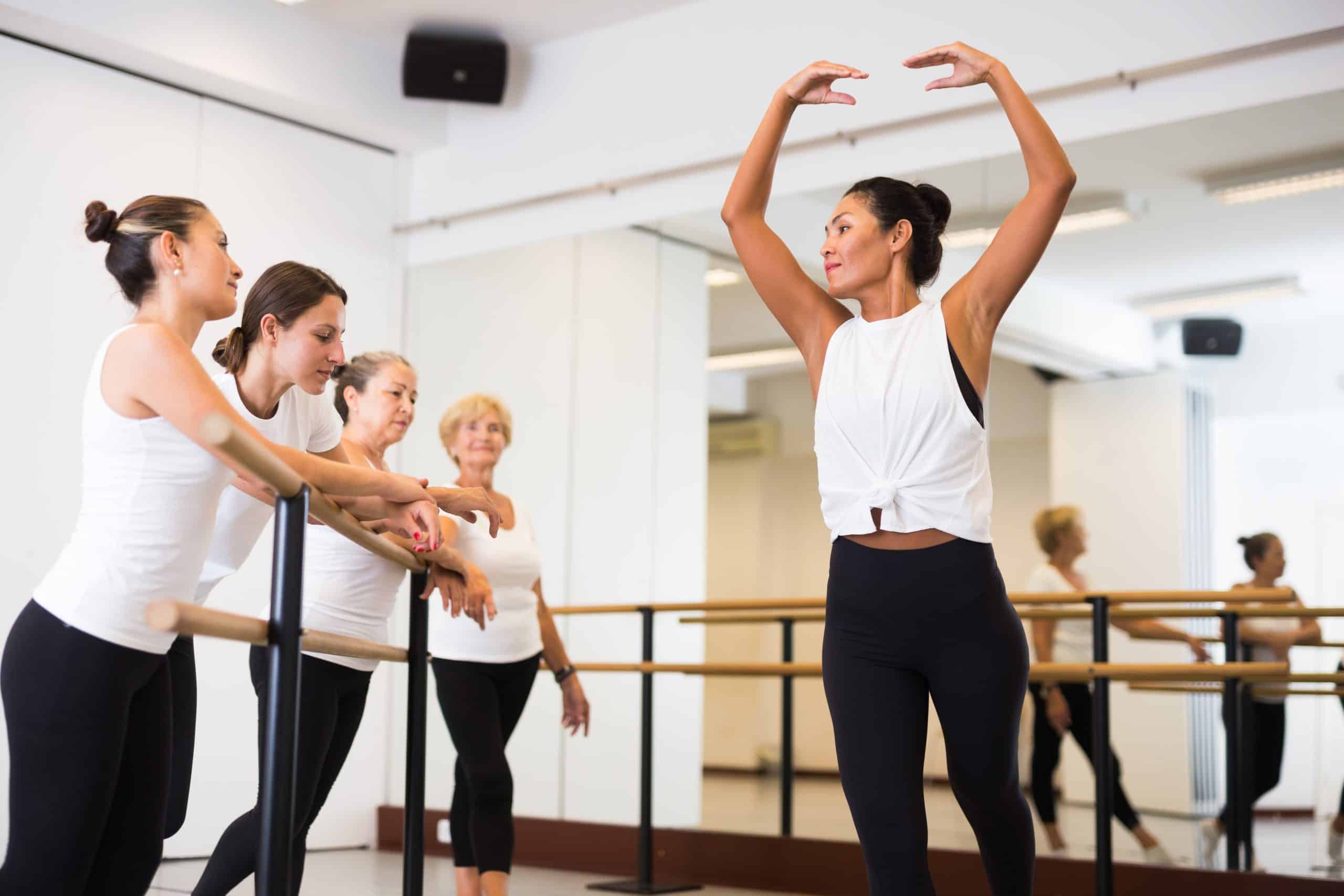The pelvic floor consists of a group of muscles and ligaments that support the bladder, uterus, and rectum. These muscles also help control the release of urine and feces. When the pelvic floor muscles are weak or tight, they can cause a range of problems, including urinary incontinence, difficulty emptying the bladder or bowels, and pelvic pain. People at risk of pelvic floor problems include those who are pregnant or have given birth, have had surgery in the pelvic area, or are overweight. Men and women of all ages can also experience pelvic floor problems. There are a number of stretches that can help relieve tightness and pain in the pelvic floor muscles. We’ll explore some of the best stretches below.
1. Kegel Exercises
Kegel exercises are one of the most effective ways to strengthen the pelvic floor muscles (3). These exercises involve repeatedly contracting and relaxing the muscles that stop the flow of urine.
To do a Kegel exercise:
- Start by finding the right muscle group. This can be done by stopping the flow of urine mid-stream.
- Once you’ve located the muscles, contract them for three seconds and then relax for three seconds.
- Repeat this 10 times.
As you get stronger, you can increase the length of time you contract the muscles. Kegel exercises can be done anywhere and at any time, making them an easy and convenient way to strengthen the pelvic floor.
2. Pelvic Tilt
The pelvic tilt is another great exercise for strengthening the pelvic floor muscles.This exercise can be done lying down, sitting, or standing.
To do the pelvic tilt:
- Start by lying down comfortably on your back with your knees bent and feet flat on the floor.
- Next, tighten your pelvic floor muscles and tilt your pelvis upward. Hold this position for five seconds before relaxing.
- Repeat 10 times.
As you get stronger, you can increase the length of time you hold the tilt. You can also add a gentle rocking motion to the pelvic tilt to further stretch and strengthen the muscles.
3. Happy Baby Pose
The Happy Baby pose is a popular yoga stretch that can help relieve tension in the pelvic floor muscles.
To do this pose:
- Lie on your back and bring your knees to your chest.
- Grab hold of the outside of each foot with your hands.
- Gently pull your legs toward your chest until you feel a stretch in the inner thighs and groin.
- Hold for 30 seconds to one minute.
Read More: Pilates For Pelvic Floor Injury: Top Exercises For Improving Muscle Strength
4. Child’s Pose
Child’s pose is another restorative yoga pose that can help stretch and relieve tension in the pelvic floor muscles.
To do this pose:
- Start on all fours with your wrists under your shoulders and your knees under your hips.
- As you exhale, sink your hips back toward your heels and rest your forehead on the floor.
- You can also bring your arms outstretched in front of you or along your sides.
- Hold for 30 seconds to one minute.
5. Diaphragmatic Breathing
Diaphragmatic breathing, also known as belly breathing, is a type of deep breathing that can help relax the pelvic floor muscles. This type of breathing encourages the use of the diaphragm, a muscle located at the base of the lungs that helps with deep breathing (1).
In the process of diaphragmatic breathing, a functional relationship between the diaphragm and pelvic floor is established. This can help prevent or relieve pelvic floor disorders.
To do diaphragmatic breathing:
- Lie on your back with your knees bent and feet flat on the floor.
- Progressively relax your whole body as you breathe in and out through your nose.
- Place one hand on your stomach and the other on your chest. You should feel your stomach rise as you inhale and fall as you exhale.
- Breath in for a count of four, then breath out for a count of four.
- Repeat 10 times.
6. Deep Squats
Deep squats are a great way to stretch and strengthen the pelvic floor muscles. To do a deep squat:
- Stand with your feet shoulder-width apart and your hands at your sides.
- Slowly lower your body down into a squatting position, keeping your heels on the ground.
- Go as low as you can while still keeping your heels on the ground.
- Hold for 30 seconds to one minute, then slowly stand back up.
7. Bridge Pose
Bridge pose is a yoga pose that can help stretch and strengthen the pelvic floor muscles.
To do this pose:
- Lie on your back with your knees bent and feet flat on the floor.
- Press into your feet to lift your hips off the ground.
- Clasp your hands together and interlace your fingers under your back.
- Hold for 30 seconds to one minute.
8. Pilates Scissor Kick
This Pilates-inspired exercise is a great way to stretch and tone the pelvic floor muscles. To do a Pilates scissor kick:
- Lie on your back with your legs in the air and your head and shoulders off the ground.
- Extend one leg out straight while keeping the other bent with the foot close to the glutes.
- Alternate legs, kicking each one out in turn.
- Do 20-30 kicks on each side.
BetterMe app will provide you with a host of fat-frying fitness routines that’ll scare the extra pounds away and turn your body into a masterpiece! Get your life moving in the right direction with BetterMe!
What Causes Pelvic Floor Dysfunction?
Knowing some of the causes of pelvic floor dysfunction can help you avoid them and keep your pelvic floor healthy. Some common causes of pelvic floor dysfunction include:
1. Pregnancy And Childbirth
Natural childbirth and vaginal delivery can put a lot of strain on the pelvic floor muscles, resulting in tears or other damage. This is why it’s so important for pregnant women to do pelvic floor exercises to help keep the muscles strong and prevent dysfunction (6).
2. Obesity
Being overweight or obese puts extra strain on the pelvic floor muscles, which can lead to dysfunction (5). Losing weight can help reduce the strain on the muscles and prevent or treat pelvic floor dysfunction.
3. Chronic Constipation
Constipation can cause straining and increased pressure on the pelvic floor muscles, which can lead to dysfunction (7). Making sure to eat a high-fiber diet and drink plenty of fluids can help prevent constipation and reduce the risk of pelvic floor dysfunction.
4. Chronic Coughing
Like constipation, coughing can also cause straining and increased pressure on the pelvic floor muscles (9). This can be due to a number of things, such as smoking, allergies, or respiratory infections. If you have a chronic cough, it’s important to get it treated so that you can reduce the risk of pelvic floor dysfunction.
5. Heavy Lifting
Lifting heavy objects can put strain on the pelvic floor muscles and lead to dysfunction (2). If you do a lot of lifting, it’s important to be careful and use proper technique to avoid putting unnecessary strain on the muscles.
6. Prolonged Sitting/Poor Sitting Posture
Sitting for long periods of time can put strain on the pelvic floor muscles and lead to dysfunction (8). Make sure to take breaks often and use good posture to avoid putting unnecessary strain on the muscles.
Read More: Pelvic Floor Exercises For Pregnancy: 6 Safe Exercises To Get Rid Of Aches
7. Hormonal Changes
Hormonal changes, such as those that occur during menopause, can weaken the pelvic floor muscles and lead to dysfunction (4). Taking steps to maintain hormone levels can help prevent or treat pelvic floor dysfunction.
8. Aging
As we age, the pelvic floor muscles can weaken and lead to dysfunction (9). Doing pelvic floor exercises regularly can help prevent or treat pelvic floor dysfunction.
What Are The Symptoms Of Pelvic Floor Dysfunction?
The symptoms of pelvic floor dysfunction can vary depending on the underlying cause. However, some common symptoms include:
- Pelvic pressure – a feeling of heaviness, fullness, or congestion in the pelvis
- Urinary incontinence – leaking urine when coughing, sneezing, or exercising
- Fecal incontinence – leaking stool when coughing, sneezing, or exercising
- Pelvic pain – a dull, aching pain in the pelvis
- Painful intercourse – pain during sexual intercourse
- Difficulty urinating or emptying the bladder fully
- Constipation – hard stools that are difficult to pass
- Rectal pain – a dull, aching pain in the rectum or anus
What Are The Treatment Options For Pelvic Floor Dysfunction?
Treatment for pelvic floor dysfunction will vary depending on the underlying cause. However, some common treatment options include:
- Pelvic floor exercises – to help strengthen the pelvic floor muscles and improve function
- Weight loss – if obesity is a contributing factor
- Treatment for chronic cough or constipation – to help relieve symptoms and reduce strain on the pelvic floor muscles
- Hormone therapy – to help maintain hormone levels and prevent further muscle weakening
- Surgery – in some cases, surgery may be necessary to repair damage to the pelvic floor muscles or nerves
Betterme will keep you laser-focused on your weight loss journey! Nutrient-packed meal plans, fat-blasting workouts, galvanizing challenges and much more. Try using the app and see for yourself!
Benefits Of Strengthening Pelvic Floor Muscles With Exercise
There are many benefits to strengthening the pelvic floor muscles with exercise. Some of these benefits include:
- Reduced urinary incontinence – with stronger pelvic floor muscles, there is less leakage when coughing, sneezing, or exercising
- Reduced fecal incontinence – with stronger pelvic floor muscles, there is less leakage when having a bowel movement
- Improved sexual function – stronger pelvic floor muscles can lead to improved sensation and muscle control during sex, as well as increased blood flow to the genitals
- Reduced prolapse symptoms – pelvic organ prolapse occurs when the organs in the pelvis (uterus, rectum, bladder) drop down into the vaginal area. This can cause discomfort and difficulty with urination and bowel movements. Strengthening the pelvic floor muscles can help reduce prolapse symptoms.
The Bottom Line
There are many benefits to strengthening the pelvic floor muscles with exercise. If you are experiencing any problems with urinary or fecal incontinence, prolapse, or sexual dysfunction, talk to your doctor about whether pelvic floor muscle exercises could help.
DISCLAIMER:
This article is intended for general informational purposes only and does not address individual circumstances. It is not a substitute for professional advice or help and should not be relied on to make decisions of any kind. Any action you take upon the information presented in this article is strictly at your own risk and responsibility!
SOURCES:
- Effects of Diaphragmatic Breathing on Health: A Narrative Review (2020, nih.gov)
- Heavy Load Carrying and Symptoms of Pelvic Organ Prolapse among Women in Tanzania and Nepal: An Exploratory Study (2021, nih.gov)
- Kegel Exercises (2022, nih.gov)
- Menopause and Pelvic Floor Health (n.d., sydneypelvicclinic.com.au)
- Obesity and pelvic floor dysfunction (2015, nih.gov)
- Pelvic floor muscle training for prevention and treatment of urinary and faecal incontinence in antenatal and postnatal women (2017, nih.gov)
- Pelvic Floor Symptom Related Distress in Chronic Constipation Correlates With a Diagnosis of Irritable Bowel Syndrome With Constipation and Constipation Severity but Not Pelvic Floor Dyssynergia (2019, nih.gov)
- Sitting posture affects pelvic floor muscle activity in parous women: an observational study (2006, nih.gov)
- What causes pelvic floor disorders (PFDs)? (2020, nih.gov)


















